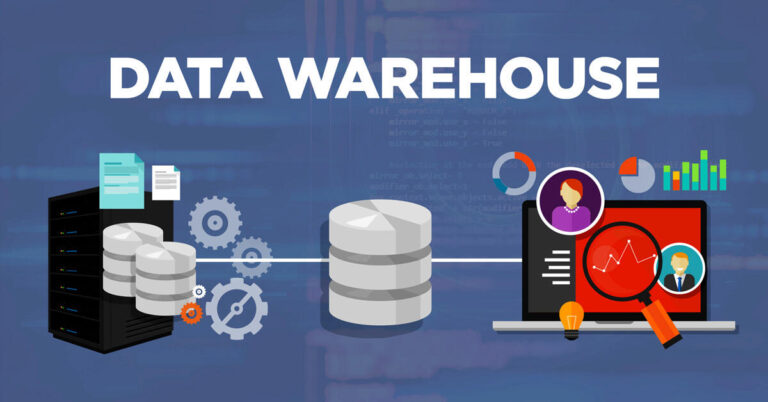Configuring a data warehouse in a cloud-native environment can feel overwhelming. But with the right approach, it becomes manageable. Cloud-native setups offer flexibility and scalability. This means you can handle more data and adapt quickly to changes.
Setting up a data warehouse in the cloud involves several steps. Each step is crucial for performance, security, and cost efficiency. Understanding the essentials can save time and prevent headaches. Read on to how to configure a warehouse in Snowflake or any other data cloud platform in a cloud-native environment.
Setting Up Your Cloud Environment
Start by setting up the cloud environment. Consider factors like data storage, processing needs, and budget when choosing a cloud provider. Set up virtual networks and subnets, which help manage traffic and protect data.
Configuring firewalls is essential too. They keep unauthorized users out. Establish user roles and permissions early on. This step ensures only the right people access sensitive information.
Configuring Security and Compliance
Security should be a top priority. Data breaches can be costly and damaging. Encrypt data both at rest and in transit. It protects information from unauthorized access. Use strong, complex passwords for all accounts.
Regularly update them to reduce risk. Compliance is also crucial. Different industries have specific regulations. Make sure your configuration meets these requirements. Consider using automated tools to monitor compliance.
Optimizing Storage and Compute Resources for Performance
Optimizing resources is critical to maintaining performance. Cloud-native environments allow for flexibility in scaling. However, without proper configuration, costs can spiral. Start by understanding your workload patterns. Use auto-scaling features to match resource usage with demand.
It ensures you aren’t paying for unused capacity. Optimize storage by compressing data where possible. Use different storage tiers based on data access needs. Frequently accessed data should be stored in high-performance areas. You can move less critical data to cheaper, slower storage.
Integrating Data Sources and Managing ETL Processes
Integrating data sources is essential for a unified data warehouse. To combine data, use ETL (Extract, Transform, Load) processes. ETL tools can automate much of this work. They clean and prepare data for analysis.
These tools are designed to work seamlessly with cloud environments. Managing ETL processes efficiently can save time and reduce errors. Schedule regular data updates to keep information current.
Implementing Backup, Recovery, and Disaster Recovery Strategies
Data loss can happen due to various reasons. Regular backups protect against loss. Cloud providers offer automated backup solutions. Use these features to schedule backups at regular intervals.
Recovery plans should be tested frequently so that data can be restored quickly in case of failure. Disaster recovery strategies are equally important. Set up secondary sites in different regions.
How a Fully-Automated Optimizer can help
You will come across many fully automated optimizers that are absolute game-changers. They automatically adjust resources based on your workload. This reduces the need for manual tuning. The optimizer also manages data distribution and indexing. This leads to faster query performance.
Another advantage is cost efficiency. By automatically adjusting resources, it ensures you only pay for what you use. This feature is particularly useful for organizations with fluctuating workloads. It takes the guesswork out of performance tuning and cost management.
Knowing how to configure a warehouse in Snowflake or any other data cloud platform involves many steps, from setting up your environment to optimizing resources. Security, integration, and monitoring are all important aspects. With careful planning, your data warehouse will be a robust foundation for your data needs.
How useful was this article ?
Click on a star to rate it!
Average rating 0 / 5. Vote count: 0
No votes so far! Be the first to rate this post.
We are sorry that this post was not too useful for you!
Let us improve this post!
Tell us how we can improve this post?














